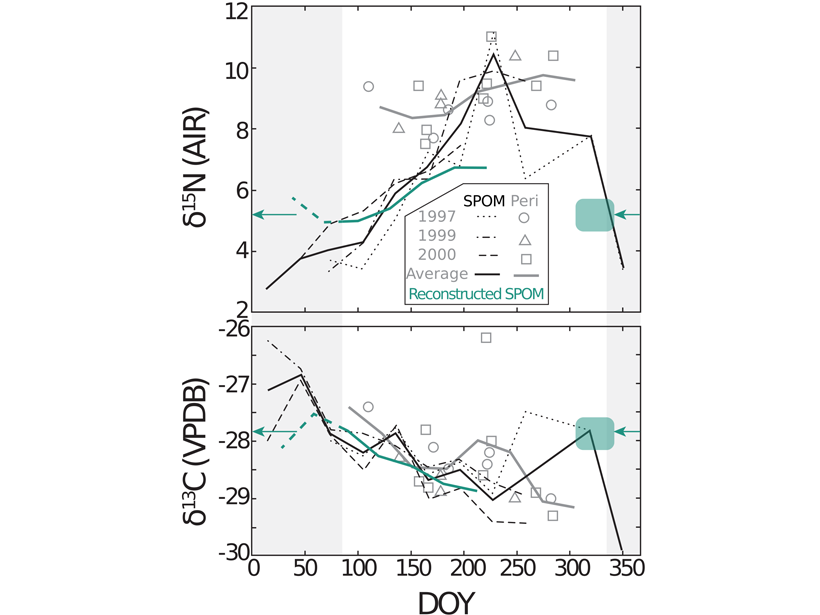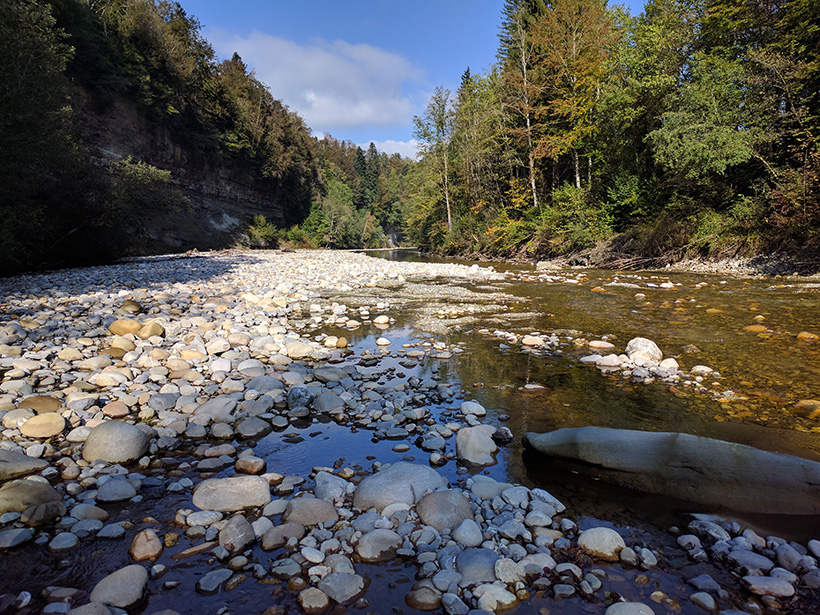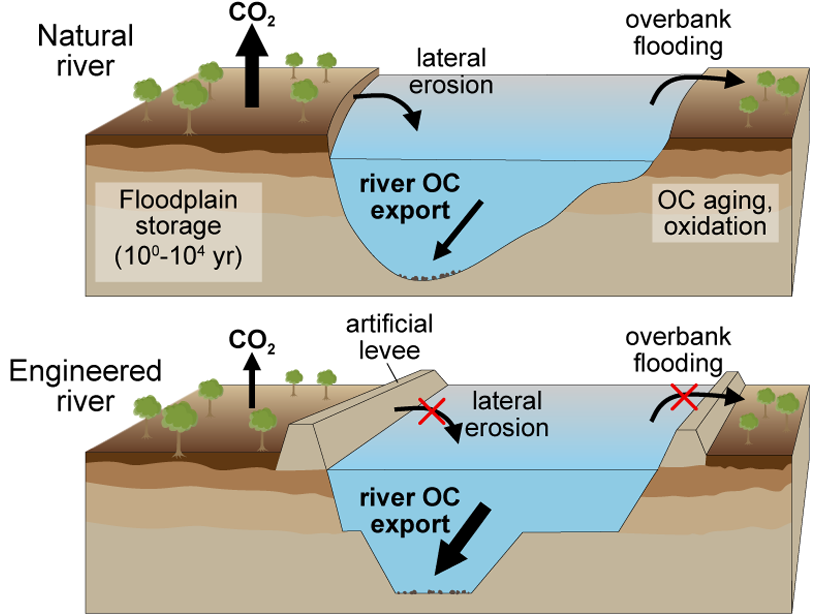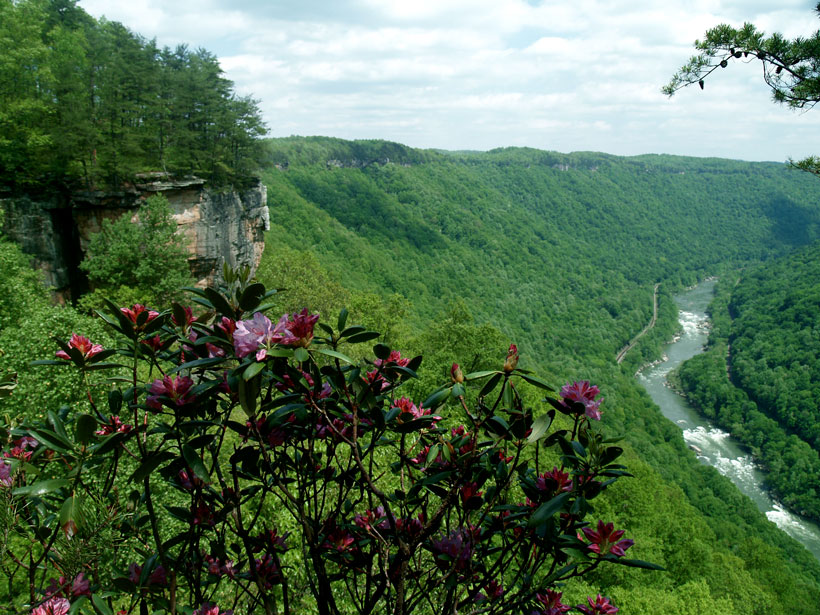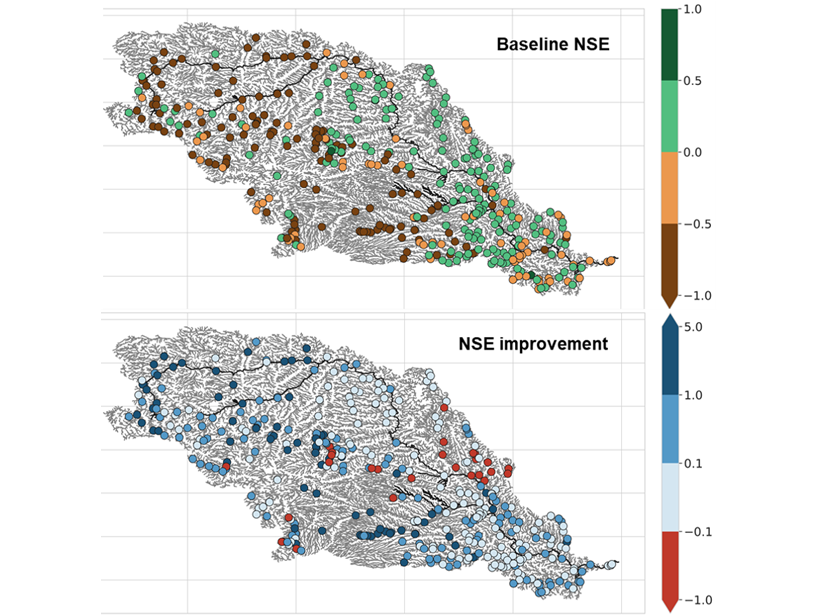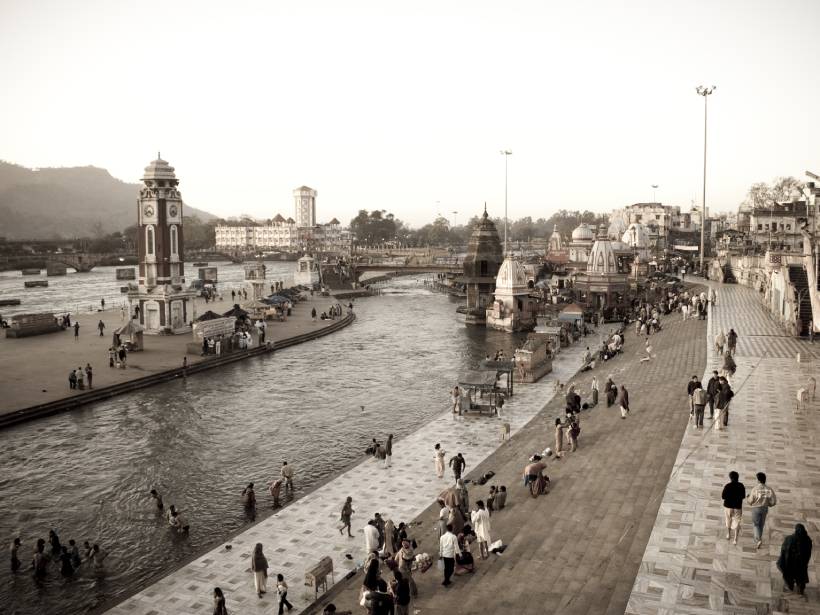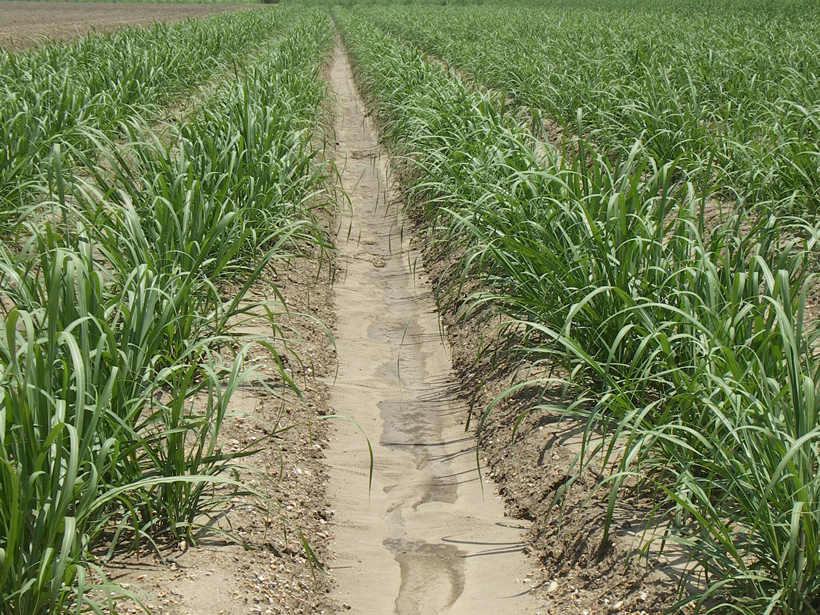Mussel shell periostracum and carbonate bound organic matter document seasonal variability in the isotopic composition of riverine suspended particulate organic matter.
rivers
Why Rivers Need Their Floodplains
Floodplain storage of water, nutrients, and sediment is critical to sustaining river ecosystems but has been reduced by human activities.
Tracing Water from River to Aquifer
A new technique using dissolved noble gas tracers sheds light on how water moves through an aquifer, with implications for water resources and their vulnerability to climate change.
How River Engineering Alters Carbon Cycling
Artificial levees in the Lower Mississippi River bypass floodplain processing and increase delivery of carbon to the ocean.
The New River Gorge: Ancient River, Old Mines, New National Park
Living in Geologic Time: Regrowth and resiliency bring new accolades to one of the world’s oldest rivers.
Gauging Ungauged River Basins with Smart Remote Sensing
A clever combination of hydrologic modelling and discharge estimates from the Landsat satellite provides good discharge estimates throughout the Missouri river basin.
Thawing Permafrost May Cause Streams to Cool
Permafrost thawing associated with climate warming increases contributions to streamflow by deeper, cooler groundwater flow paths, which may result in lower summer stream temperatures.
Pharmaceuticals Pollute the Ganges
Scientists report a cocktail of antibiotics, anti-inflammatory drugs, and personal care products found near two pilgrimage cities along the river.
European Colonists Dramatically Increased North American Erosion Rates
Around 200 years ago, when conversion of land for agriculture became more widespread, the amount of sediment accumulating in riverbeds across the continent jumped tenfold.
Waterways Change as Cities Grow Nearby
Using multidecadal data sets, researchers have traced how urbanization affects streamflow across the continental United States.

